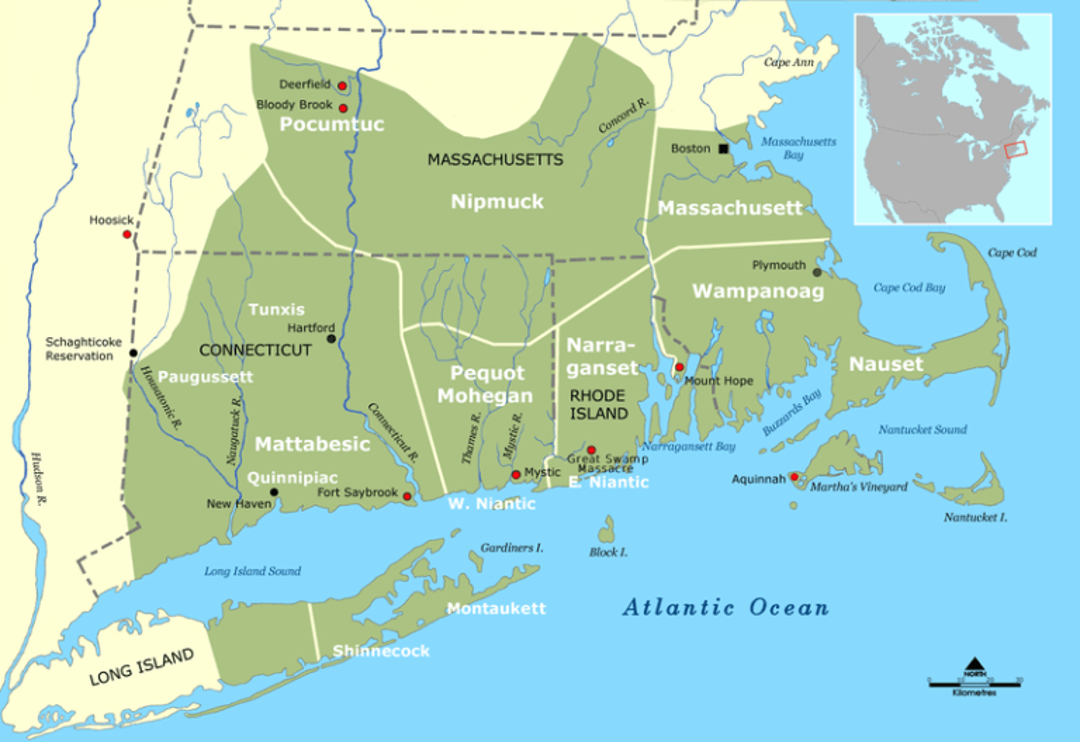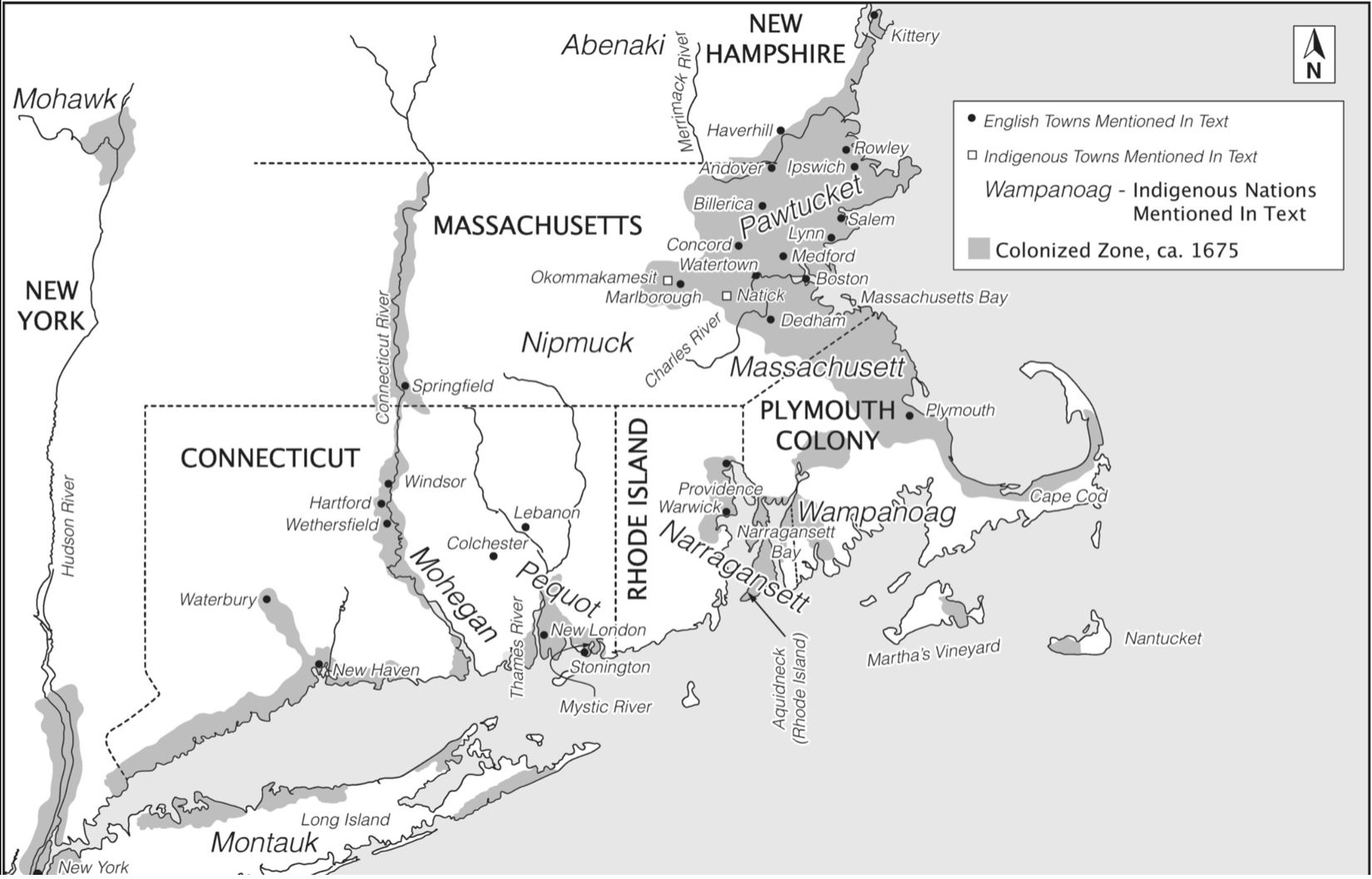Learn more about NICHQ's commitment to achieving equity in all forms, including race, nationality, gender identity, sexual orientation, and ability.
Language Acknowledgement
A variety of language is used to describe the people who first inhabited the North American continent before colonizers arrived beginning in the 15th century, continuing through the annexation of Hawai’i in 1898. What vocabulary we use depends on whether we are quoting someone else’s language, talking about legal matters, statistics, or data tracked by the U.S. government, or referring to cultural identity.
The National Institute for Children’s Health Quality (NICHQ) aligns with the position of the Advisory Committee on Infant and Maternal Mortality (ACIMM) stated in their recent report, Making Amends: Recommended Strategies and Actions to Improve the Health and Safety of American Indian and Alaska Native Mothers and Infants.
“Around the world, various terms are used in speaking about the original inhabitants of places before colonization and conquest: Aboriginal, Indigenous, First Peoples, First Nations, Native, and Autochthonous, among others. And within broad categorizations used to describe specific populations are a diversity of smaller non-homogeneous groups, with unique names that highlight their distinct cultures and traditions. Preferred terms vary by country and sometimes within countries, limiting consensus about which terms are most appropriate or accurate.
Language is important. Words used to represent and describe groups of people can show respect or disparage the populations and communities to which they refer. Selected terms can support or malign the world view, history, culture, activities, and practices of the group. Population descriptive words play a major role in whether a group of people gets a sense of belonging to or being alienated from the broader society in which it exists and functions. This sense of belonging or alienation has significant health implications. Words matter.
After broad consultation with members of populations who are the focus of this report, and with due respect for the diversity of opinions, the Advisory Committee on Infant and Maternal Mortality (ACIMM) will use the terms ‘Indigenous' and 'American Indian/Alaska Native’ in its report on the Recommendations to HHS Secretary Pertinent to the Health and Safety of Indigenous Mothers and Infants. We do so with utmost respect and honor.”
The Massachusetts Center for Native American Awareness preserves Native American cultural traditions, assists Native American residents with basic needs and educational expenses, advances public knowledge and understanding that helps dispel inaccurate information about Native Americans, and works towards racial equality by addressing inequities across the region.
Learn more and consider supporting this organization’s programming and vision.
Here is why you’ll see different terminology throughout NICHQ content:
- Indigenous refers to people with pre-existing sovereignty who are living together as a community prior to contact with settler populations. Indigenous is the most inclusive term as indigenous communities are found on every continent in the world.
- Whenever possible, it is best to name the specific Indigenous community, nation of people, or tribe.
- Native American or American Indian are used to refer to peoples living within what is now the United States prior to European contact. American Indian has a specific use within Federal Indian Law and the U.S. Office of Management, which conducts the Census. Both can be problematic culturally as they center colonization.
- American Indian/Alaska Native is the only federally recognized political minority in the United States.
- Preferences vary among and within tribal communities about the use of these terms – for many, they are interchangeable. Others reject settler labeling and prefer to identify as indigenous in addition to their tribal affiliation.
Land Acknowledgement
All of this information is from an interactive learning application called Native Land. We encourage you to utilize and support this invaluable tool in your daily life and in your land acknowledgement practices.
The office location of the National Institute for Children’s Health Quality is located on the convergence of indigenous Naumkeag, Massa-adchu-es-et (Massachusett), and Pawtucket lands in what was colonized as Boston, MA. We need to understand, honor, and protect the history of the original people of these places.


In Their Own Words
From http://massachusetttribe.org/
The Massachusett tribe are the descendants of the original people that the English Invaders first encountered in what is now the Commonwealth of Massachusetts. We against all odds have survived as the descendants of the first people of Massachusetts. We continue to survive as Massachusett people because we have retained the oral tradition of storytelling just as our ancestors did. This tradition passes on the Massachusett view of how our world works, our relationship with all of nature and why things are the way they are. There are ways of perceiving and doing things in our community that trace back thousands of years. There are medicine ways thousands of years old that we still practice today. We honor our ancestors for keeping the traditions they were able to keep, for their foresight, for the gifts they left to us and for their continued guidance.
The History of the Neponset Band of the Indigenous Massachusett Tribe
In a time before now, before the arrival European Traders or the English Settlers to the coasts of Massachusetts, The Confederation of Indigenous Massachusett lived and thrived in what is now called the Commonwealth of Massachusetts. For years beyond counting, Indigenous Massachusett Villages spanned from Salem to Plymouth along the coast, and inland as far west as Worcester. The Massachusett People led by their Sac’hems, hunted, fished, worked their quarries, created their tools and sculpted their weapons. They planted vast fields of grain, corn, squash and beans, harvested, prepared and stored their harvests. In their villages they celebrated, practiced their religion, built their homes, raised their families and enjoyed prosperity. One of the Massachusett Tribes was the Neponset and their Sac’hem was Chickataubut, Principal Chief of the Massachusett when the English sailed into Massachusett Territory to settle.
Spend some time reviewing the importance of Acknowledgement and seeing what steps you can take in your various communities to honor Native Land.
A Guide to Indigenous Land Acknowledgement From the Native Governance Center
Long before 1620, European Trading Ships traveled throughout New England trading goods with the indigenous tribes of New England. With them they brought diseases that were deadly to the indigenous people. Plagues traveled throughout the region devastating the tribes and dramatically reducing their numbers. In 1616 Just a few years before the Arrival of the English Settlers, a great plague swept the New England Coast from Maine to Rhode Island, killing nearly eighty per cent of the Indigenous population. The Massachusett Tribes and Villages were greatly affected. Their societies were disrupted, trade threatened and defenses against rival tribes to the north were reduced due to the losses of large numbers of their warriors. Whole villages were wiped out including Pawtuxant (Plymouth). Nanapashemet, Great Sac’hem of the Massachusett People residing at or near Salem, was killed by rival tribesmen during this time. It was a time of great grief among the Massachusett people. Just as the Massachusett Indigenous population began to recover, the English Invasion began. (Between 1620 and 1660, 80,000 English speaking people crossed the Atlantic writes George Horner in Red Indians, White Invaders.)
History of the Naumkeag
From https://www.pioneervillagesalem.org/the-naumkeag
Long before Roger Conant and his group arrived in the area that is now Salem, this land was home to an indigenous population known as the Naumkeag band of the Massachusett Tribe. Partially nomadic, the Naumkeag had seasonal homes throughout the present day North Shore and beyond, which they would travel to and from in order to ensure the most beneficial conditions for themselves throughout the year. This would sometimes result in their villages appearing “abandoned,” with clusters of empty wetus or wigwams dotting the landscape along the coast. This seasonal movement contributed to the confusion, and later tension, with English settlers, who would appropriate empty Naumkeag structures for their own purposes, modifying them as they did to suit their European tastes and styles.
Still, the Naumkeag were not an aggressive people. They did not seek war with Conant’s crew over the misunderstanding, which, tragically and in retrospect, may have sealed their ultimate fate of being forcibly removed from their ancestral lands by colonists. 20th century historian Sidney Perley describes the tribe as “affable and courteous and well-disposed, ready to devote the best of what they had to the general good.” This temperament was tested, but still remained, in the face of the loss of their homes and the devastation they faced from European diseases that decimated their numbers in the early 1600s. Despite the deaths of their own people, the Naumkeag treated the English with kindness, sharing with them the secrets of a good harvest in the local climate. Perley writes that the Naumkeag instructed the English in “the planting of corn, teaching them to select the finest seed, to observe the best season, to plant in the hills at a distance from each other and cultivate it through the season.” And all of this, again, while dealing with the illnesses foisted upon them unwittingly by the colonists they reached out to aid!
Tragically, disease was not the only destruction that Europeans wreaked upon the indigenous population. Although initial encounters between settlers and natives were courteous, if cautious, the displacement of peoples such as the Naumkeag led to violence. King Philip’s War (1675-1678) was prompted by a breakdown in relations between the Wampanoag tribe and their allies with the settlers of New England. Most, though not all, of the remaining members of the Naumkeag band were wiped out, with many dying from inhumane conditions as prisoners of war. The survivors have passed down their band name to living descendants, who today are represented in and by the Massachusett Tribe.
The story of the Naumkeag, like many told about America’s indigenous peoples, is a sad one. Colonialism led to devastation, as European countries sought to extract as much “value” from indigenous ancestral land as possible. Today, we live with the consequences of European mercantile colonialism, and its twin descendants: capitalism and imperialism. Unlike the Naumkeag, who took from the land only what they needed, we carry on the shameful history of “value extraction” today as we drill for fossil fuels as the planet burns. We must hold on to the memory of the Naumkeag, therefore, for reasons both moral and selfish. We must never forget what white settlers did to an ultimately peaceful people so as to prevent the replication of historical horrors. We must also, however, keep the history of the Naumkeag alive so that we might learn from their practices of responsible cultivation of the earth. Otherwise, we will not only have nearly destroyed the people, but the very land itself that they call home.
History of Pawtucket People
From https://library.wit.edu/guides/native-american-heritage/welcome
Despite common misconceptions labeling the Pawtucket as a tribe or alternate name for different Native American tribes, the Pawtucket people were a group of people who lived in bands throughout Massachusetts and Rhode Island. Prior to colonization, the Pawtucket had never organized into any kind of tribe or nation; they lived in bands made up of 10-50 people and identified as a whole through their distinct dialect and shared ancestry from northern New England. These lands are part of the Wampanoag Nation. The Pawtucket did not live in settled communities, but migrated seasonally throughout their territories in Massachusetts and Rhode Island. The Pawtucket do not exist in any organized band, tribe, or nation today, but many Wampanoag, Nipmuck, and Massachusett tribes claim Pawtucket ancestry.
